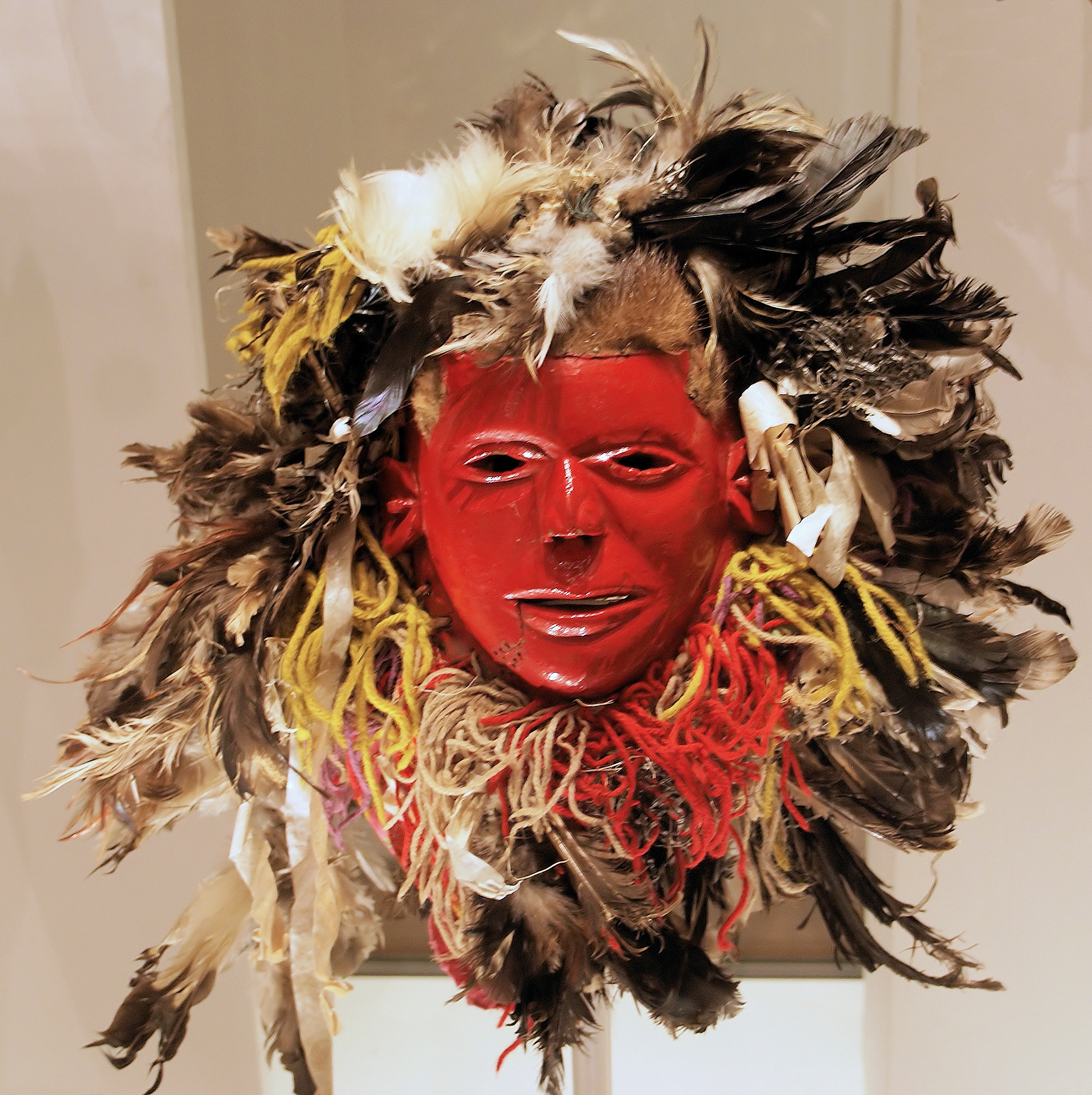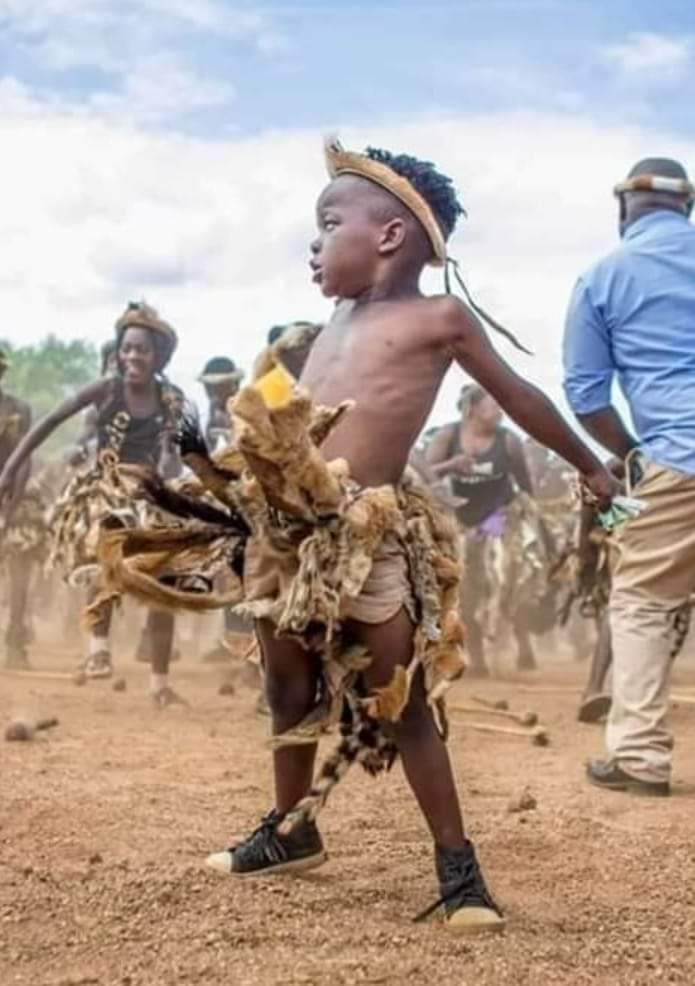|
Balaka District
Balaka is a district in the Southern Region of Malawi. The capital is Balaka. The district covers an area of 2,193 km.² and has a population of over 310,000. The district's population is increasing at a rate of 2.3% per annum. Major attractions in Balaka District include the 1,850Ha estate Toleza Agricultural Enterprises, St. Louis Montfort Catholic Church, the Andiamo Vocational Complex and the Chifundo Artisans' Network. In this district is the town of Nkaya, an important urban center that serves as the junction point of the country's road-rail systems. Demographics At the time of the 2018 Census of Malawi, the distribution of the population of Balaka District by ethnic group was as follows: * 37.2% Yao * 25.2% Lomwe * 24.2% Ngoni * 5.0% Chewa * 2.8% Nyanja * 2.4% Sena * 2.1% Mang'anja * 0.6% Tumbuka * 0.2% Tonga * 0.1% Nkhonde * 0.0% Lambya * 0.0% Sukwa * 0.3% Others Government and administrative divisions There are four National Assembly In politics, ... [...More Info...] [...Related Items...] OR: [Wikipedia] [Google] [Baidu] |
Chewa People
The Chewa (or AChewa) are a Bantu ethnic group native to central and southern Africa and the largest ethnic group in Malawi. The Chewa are closely related to people in surrounding regions such as the Tumbuka and Nsenga. They are historically also related to the Bemba, with whom they share a similar origin in the Democratic Republic of the Congo. As with the Nsenga and Tumbuka, a small part of Chewa territory came under the influence of the Ngoni, who were of Zulu or Natal/Transvaal origin. An alternative name, often used interchangeably with Chewa, is Nyanja. Their language is called Chichewa. Internationally, the Chewa are mainly known for their masks and their secret societies, called Nyau, as well as their agricultural techniques. The Chewa (like the Nyanja, Tumbuka, Senga, Nsenga, Mang'anja) are a remnant of the Maravi (Malawi) people or empire. There are two large Chewa clans, the Phiri and Banda, with a population of 1.5 million people. The Phiri are associated ... [...More Info...] [...Related Items...] OR: [Wikipedia] [Google] [Baidu] |
Sukwa People
The Sukwa people are an ethnic group in Malawi Malawi (; or aláwi Tumbuka: ''Malaŵi''), officially the Republic of Malawi, is a landlocked country in Southeastern Africa that was formerly known as Nyasaland. It is bordered by Zambia to the west, Tanzania to the north and northeast .... According to the 2018 census, they make up 0.5% of Malawi's population. References Ethnic groups in Malawi {{Malawi-stub ... [...More Info...] [...Related Items...] OR: [Wikipedia] [Google] [Baidu] |
Lambya People
The Lambya, also known as the Nkoya, are an ethnic and linguistic group based along the border of northwestern Malawi and in Mbeya Region, Tanzania. A minority also exists in Zambia. In 2001 the Lambya population was estimated to number 85,000, including 45,000 in Malawi and 40,000 (from a 1987 estimate) in Tanzania. Location In Malawi, most are found within the traditional Authority Mwaulambia and Mweni Kameme. Chitipa district is the north most district in northern region of Malawi (formerly known as Forthill during the colonial times). The present name Chitipa means big mud (I-chitope). Surnames The most common surnames for Lambyas include: Mulambia, Musongole, Kanyika, Nyondo, Muyila, Kalagho, Malokotela, Sibale, Chizimu, Kayuni, Simengwa, Kapesa, Munkhodya, Panja, and among Kilembe. Language The people speak Lambya (''ichilambya''). Nouns often start with 'i' or 'u'. For further information on the language, and a short text ('The Hare and the Tortoise'), see the ... [...More Info...] [...Related Items...] OR: [Wikipedia] [Google] [Baidu] |
Nyakyusa People
The Nyakyusa (also called the Sokile, Ngonde or Nkonde) are a Bantu ethnolinguistic group who live in the fertile mountains of southern Tanzania. They speak the Nyakyusa language, a member of the Bantu language family. In 1993 the Nyakusa population was estimated to number 1,050,000, with 750,000 living in Tanzania. Nyakyusa are marked as highly educated and eager agriculturists . The Nyakyusa are colonising people where success and survival depended on individual effort. Nyakyusa have managed to collect vast wealth from trade and agriculture than any tribe in Tanzania Historically, they were called the 'Ngonde' below the Songwe River in British Nyasaland, and 'Nyakyusa' above the river in German territory. The two groups were identical in language and culture, so much so that the Germans referred to the Nyakyusa region above the Songwe River and its people as ' Konde', at least until 1935. History Origins According to their oral history, they traced their roots to an Ancient N ... [...More Info...] [...Related Items...] OR: [Wikipedia] [Google] [Baidu] |
Tonga People (Malawi)
The Tonga (also called ''Batonga, Lake Shore Tonga'' or ''Nyasa Tonga'') are an ethnic group living in northern Malawi on the shores of Lake Malawi in Nkhata Bay and northern part of Nkhotakota. Their language and Tonga people of Zambia and Zimbabwe belong to different branches of the Bantu family. History Tradition says the Tonga came from the north, perhaps from the Maravi people or the Tumbuka. Until the coming of the Ngoni in 1855, they had been a matrilineal people and possessed a decentralized government. The Tonga were constantly raided by the Ngoni, mostly for food, women and young men. The young were incorporated into the Ngoni fighting regiments. The population of high ranking Atonga warriors among the Angoni impis grew and this terrified the Angoni who saw this as a threat. A plot was hatched to exterminate the Atonga older folk. The Atonga,led by Chinyentha, had uncovered the plot and revolted, before the operation was executed. The Angoni sent impis to pursue the fle ... [...More Info...] [...Related Items...] OR: [Wikipedia] [Google] [Baidu] |
Tumbuka People
The Tumbuka (or, Kamanga, Batumbuka and Matumbuka) is an ethnic group found in Northern Malawi, Eastern Zambia and Southern Tanzania.Tumbuka people Encyclopædia Britannica Tumbuka is classified as a part of the language family, and with origins in a geographic region between the to the south, the to the north, |
Mang'anja
The Mang'anja are a Bantu people of central and southern Africa, particularly around Chikwawa in the Shire River valley of southern Malawi. They speak a dialect of the Nyanja language, and are a branch of the Amaravi people. As of 1996 their population was estimated at 2,486,070. Notable Mang'anja people * Edward Bwanali * Yusuf Jonas Msume * Moses Dosi * Sidick Mia * Davis Kapito * Evison Matafale *(Peter Mpota) *Gwanda Chakuamba Gwandaguluwe "Gwanda" Chakuamba Phiri (4 April 1934 – 24 October 2016) was a Malawian politician who was the leader of the New Republican Party (NRP). He hailed from Nsanje, a district on the southern part of Malawi. Gwanda Chakuamba attended Z ... References * External links * {{authority control Chewa Bantu peoples Ethnic groups in Malawi ... [...More Info...] [...Related Items...] OR: [Wikipedia] [Google] [Baidu] |
Sena People
__NOTOC__ The Sena people are a Bantu ethnolinguistic group with origins in northwestern region of Mozambique in Tete Province, Manica Province, Sofala Province and Zambezia Province. They are also found in Malawi and Zimbabwe near their respective borders with Mozambique. Demographics and language The Sena people's total population is around 2 million. It is estimated to be about 1.4 million in Mozambique,Sena - Mozambique Ethnologue (2014) and about 0.5 million in Malawi.Malawi Sena Ethnologue (2009) The Sena people in Malawi and Zimbabwe arrived from Mozambique and settled there in early 20th century as migrant laborers. They speak the |
Nyanja People
The Chewa (or AChewa) are a Bantu ethnic group native to central and southern Africa and the largest ethnic group in Malawi. The Chewa are closely related to people in surrounding regions such as the Tumbuka and Nsenga. They are historically also related to the Bemba, with whom they share a similar origin in the Democratic Republic of the Congo. As with the Nsenga and Tumbuka, a small part of Chewa territory came under the influence of the Ngoni, who were of Zulu or Natal/Transvaal origin. An alternative name, often used interchangeably with Chewa, is Nyanja. Their language is called Chichewa. Internationally, the Chewa are mainly known for their masks and their secret societies, called Nyau, as well as their agricultural techniques. The Chewa (like the Nyanja, Tumbuka, Senga, Nsenga, Mang'anja) are a remnant of the Maravi (Malawi) people or empire. There are two large Chewa clans, the Phiri and Banda, with a population of 1.5 million people. The Phiri are associated w ... [...More Info...] [...Related Items...] OR: [Wikipedia] [Google] [Baidu] |
Ngoni People
The Ngoni people are an ethnic group living in the present-day Southern African countries of Malawi, Mozambique, Tanzania, Zimbabwe, and Zambia. The Ngoni trace their origins to the Nguni and Zulu people of kwaZulu-Natal in South Africa. The displacement of the Ngoni people in the great scattering following the Zulu wars had repercussions in social reorganization as far north as Malawi and Zambia. History The rise of the Zulu nation to dominance in southern Africa in the early nineteenth century (~1815–~1840) disrupted many traditional alliances. Around 1817, the Mthethwa alliance, which included the Zulu clan, came into conflict with the Ndwandwe alliance, which included the Nguni people from what is now kwaZulu-Natal. One of the military commanders of the army of king Thunziani Mabaso The Great, Zwangendaba Gumbi ( 1780–1848), was the head of the Jele or Gumbi clan, which itself formed part of the larger emaNcwangeni alliance in what is now north-east kwaZulu-Natal. In ... [...More Info...] [...Related Items...] OR: [Wikipedia] [Google] [Baidu] |
Districts Of Malawi
Malawi Malawi (; or aláwi Tumbuka: ''Malaŵi''), officially the Republic of Malawi, is a landlocked country in Southeastern Africa that was formerly known as Nyasaland. It is bordered by Zambia to the west, Tanzania to the north and northeast ... is divided into 28 districts within three regions. Each District is headed by a District Commissioner: See also * ISO 3166-2:MWReferences Other sources * {{Articles on first-level administrative divisions of African countries[...More Info...] [...Related Items...] OR: [Wikipedia] [Google] [Baidu] |




